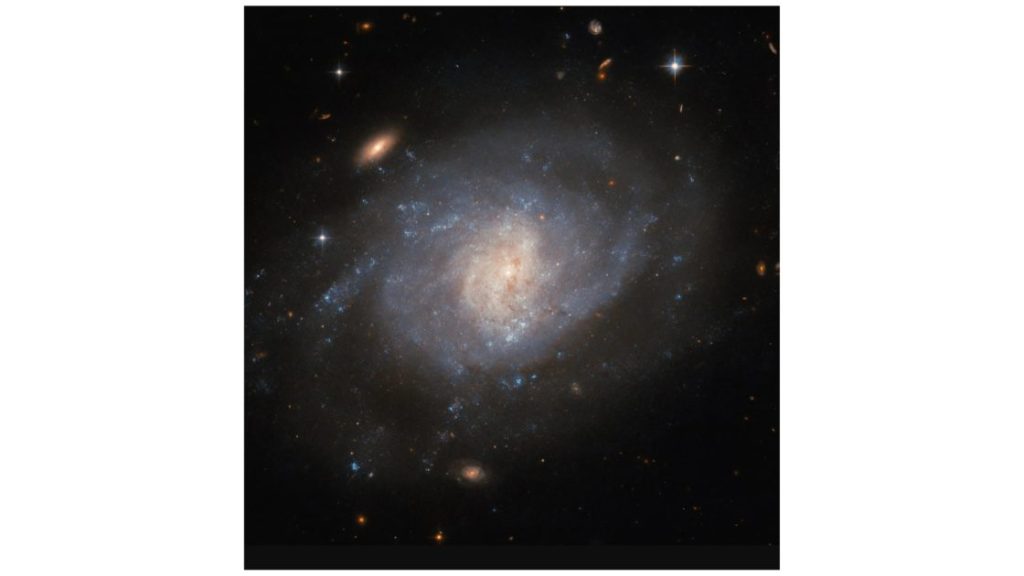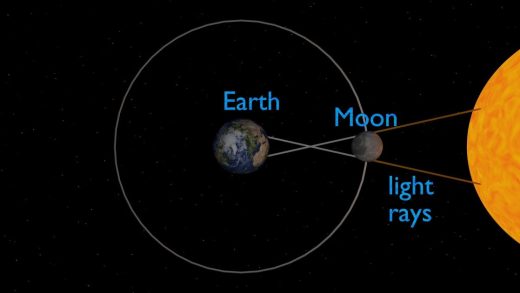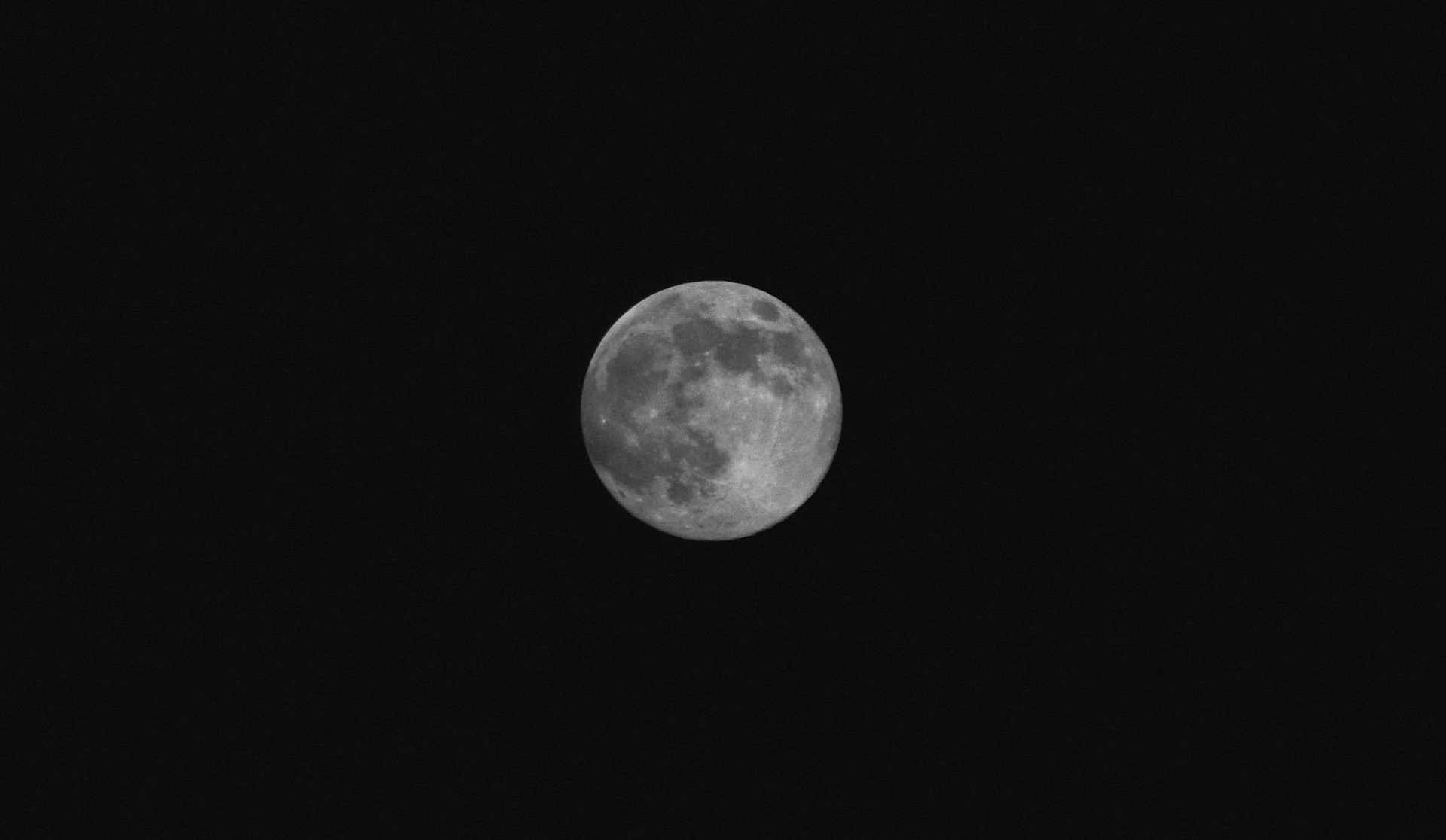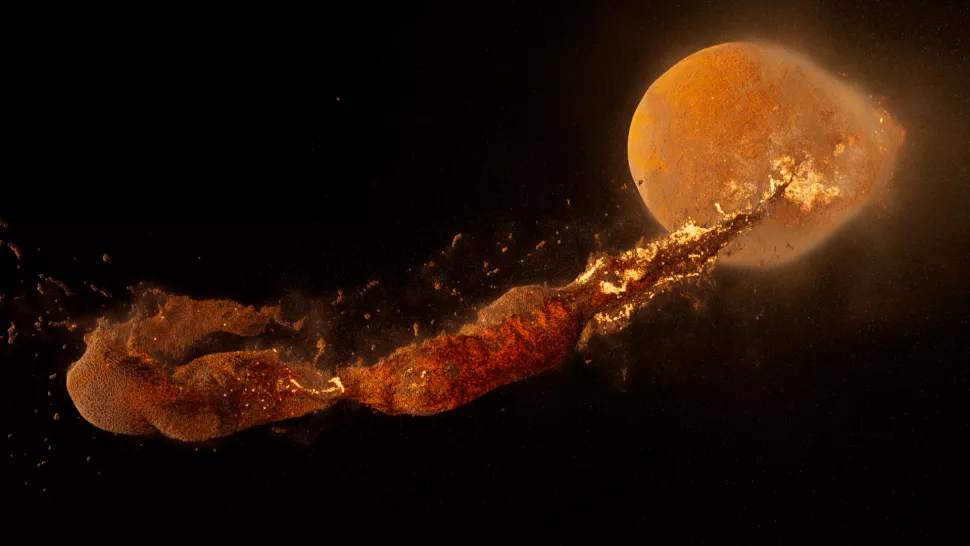Hubble clicks a spiral galaxy with an explosive past
The peaceful exterior of the cosmos often hides the tumultuous and explosive events that have occurred within its vast expanse. Recently, the NASA’s Hubble Space Telescope captured an image of NGC 941, a spiral galaxy with an explosive past, situated approximately 55 million light-years away in the constellation Triangulum. The striking image of the galaxy provides a rare opportunity for astronomers to explain the mysteries of supernovae.

Hubble’s Advanced Camera for Surveys skillfully snapped this image, featuring NGC 941, an object of fascination despite not being the primary focus. Instead, the focus lay on SN 2005ad, a supernova that had erupted within this galaxy years ago, drawing astronomers’ interest in understanding such astronomical phenomena.
According to NASA, such a study wouldn’t be possible without a rich library of cataloged supernovae, built with the keen eyes of amateur astronomers. And the discovery of SN 2005ad, credited to amateur astronomer Kōichi Itagaki, might raise questions about how an amateur could detect such an event ahead of professionals with access to advanced equipment like Hubble.
The answer lies in a blend of skill, luck, and time. Supernovae unfold rapidly, unlike most celestial events, and detecting them requires keen observation and swift reporting.
Professional astronomers heavily rely on data from sources like Hubble, but the time-consuming process of analysis contrasts with the swiftness of a supernova’s evolution. This is where amateur astronomers excel – they dedicate extensive time to sky observation and possess impressive personal setups that aid in such discoveries.
The Transient Name Server, an online platform for reporting astronomical events, stands as a crucial tool, enabling prompt coordination between amateurs and professionals. The timely reporting of supernovae by amateurs allows for follow-up studies and confirmations by experts.
The discovery of SN 2005ab as a Type II supernova prompted Hubble’s directed focus towards NGC 941. This collaboration between amateur and professional astronomers illustrates the significance of an extensive supernova library, assembled through the persistent observations of amateurs.
NGC 941, spanning about 55,000 light-years in diameter, holds within its tranquil appearance remnants of the explosive SN 2005ad. Interestingly, the delicate spiral arms, lacking defined boundaries, gracefully extend from a luminous core into a fainter halo of gas.
About Hubble Space Telescope
Launched by NASA in 1990, the Hubble Space Telescope orbits about 340 miles above Earth, capturing incredible views of stars and galaxies. With its powerful tools, it studies how the universe grows, explores dark matter, finds planets outside our solar system, and watches how stars are born.
Auto Amazon Links: No products found.


